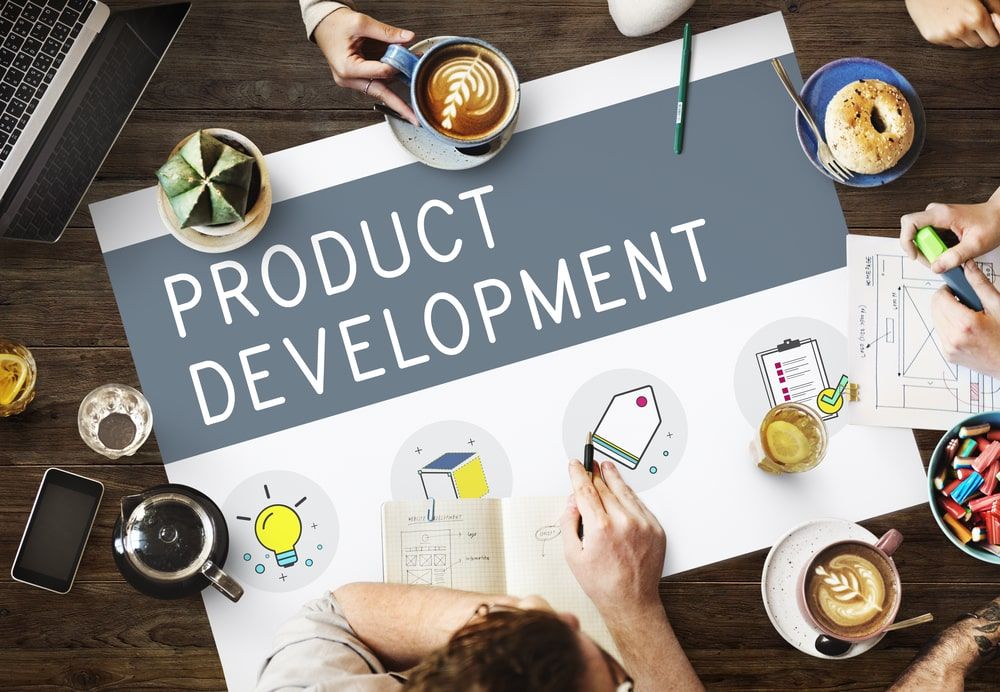Navigating the Product Development Process
In the dynamic realm of technology, the success of a software product hinges on a meticulously executed product development process. Each phase plays a pivotal role in shaping the product’s journey from ideation to deployment and beyond. Let’s delve into the essential phases that constitute the roadmap for successful software product development.
Importance of Software Product Development
In a landscape driven by innovation, the importance of a robust product development process cannot be overstated. It lays the foundation for creating solutions that not only meet user needs but also stand out in a competitive market.
Overview of Key Phases
This article will guide you through the critical stages of software product development, highlighting the intricacies involved in each step of the product development process.
Understanding the Product Development Process
At the core of successful product development lies a brilliant idea. The ideation phase involves brainstorming and conceptualizing features that cater to specific user needs.
Market Research and Analysis
Before embarking on development, thorough market research is imperative. Understanding the target audience and analyzing competitors provides valuable insights that shape the product’s direction.
Learn More About: VA Recruitment
Planning and Strategy Development
A well-defined plan sets the stage for a seamless development process. This phase involves outlining goals, milestones, and an overarching strategy to guide the team throughout the project.
Design and Prototyping
User experience takes center stage. Designing with the end-user in mind ensures the product is intuitive and aligns with user expectations.
Prototyping for Validation
Prototyping allows for early testing and validation of design concepts, reducing the risk of costly errors later in the development process.
Development and Coding
Agile development emphasizes flexibility and collaboration, allowing teams to adapt to changing requirements and deliver incremental improvements.
Collaboration and Communication
Effective communication among team members is crucial. Collaboration tools and regular updates ensure everyone is on the same page, promoting efficiency.
Testing and Quality Assurance
Thorough testing, including unit testing, integration testing, and user acceptance testing, ensures the product meets quality standards.
Iterative Testing for Continuous Improvement
Iterative testing allows for continuous improvement, addressing issues promptly and enhancing the overall quality of the product.
Deployment and Release
Strategic deployment plans consider factors like user base, geographic locations, and potential impact on existing systems.
User Training and Support
Providing adequate training and support ensures a smooth transition for users, minimizing disruptions.
Post-Launch Activities
Monitoring and Feedback Analysis
Continuous monitoring and analysis of user feedback provide insights for future updates and improvements.
Continuous Improvement and Updates
Software products should evolve. Regular updates keep the product relevant and address emerging needs.
Challenges in Software Product Development
Common Pitfalls
Identifying and mitigating common challenges, such as scope creep and communication issues, is vital for success.
Strategies for Overcoming Challenges
Proactive strategies, like risk mitigation plans and effective project management, help overcome challenges efficiently.
Importance of Documentation
Documentation Throughout the Process
Comprehensive documentation ensures knowledge transfer and facilitates future development or maintenance.
Ensuring Knowledge Transfer
Documenting processes and decisions aids in knowledge transfer, preventing knowledge silos within the development team.
Team Collaboration and Communication
Cross-Functional Teams
Assembling cross-functional teams fosters collaboration and brings diverse expertise to the development process.
Effective Communication Platforms
Utilizing efficient communication platforms helps teams stay connected and informed, promoting a collaborative environment.
Trends and Innovations
Embracing New Technologies
Staying abreast of emerging technologies like AI, blockchain, and IoT opens new possibilities for future software development.
Staying Ahead in a Dynamic Environment
Adapting to industry trends and technological advancements is crucial for maintaining a competitive edge.
Budgeting and Resource Management
Efficient Resource Allocation
Strategic resource allocation maximizes efficiency and ensures the project stays within budget.
Budgeting for Long-Term Success
Long-term success requires careful budgeting that considers ongoing maintenance, updates, and potential scalability.
Case Studies
Successful Software Product Development Stories
Examining successful case studies provides valuable insights and inspiration for current and future projects.
Lessons Learned from Failures
Learning from failures is equally important. Analyzing unsuccessful projects helps avoid similar pitfalls.
Future Outlook
Emerging Technologies
Exploring emerging technologies like AI, blockchain, and IoT opens new possibilities for future software development.
Evolving Trends in Software Development
Understanding evolving trends ensures that products align with changing user expectations and industry standards.
Conclusion
Recap of Key Phases
In summary, successful software product development involves a seamless progression through ideation, design, development, testing, deployment, and continuous improvement.
Importance of a Well-Executed Product Development Process
A well-executed product development process is the bedrock of success, ensuring products meet user needs and stand the test of time.

